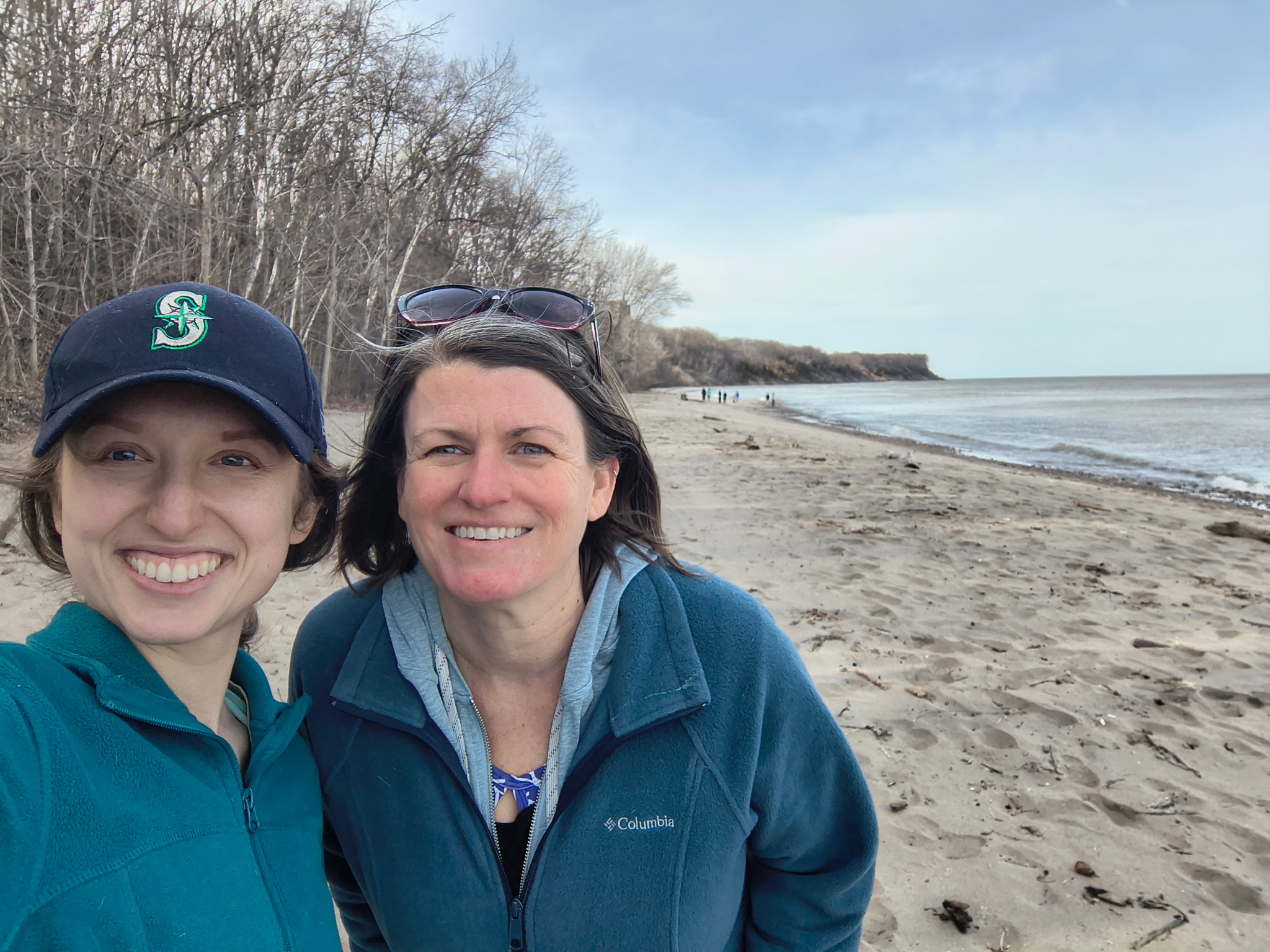It seems counter-intuitive, but Wisconsin Sea Grant researchers have found that an invasive fish, the round goby, may have greater impacts on native fishes when there are fewer gobies rather than gobs of gobies. The reason? The round goby (Neogobius melanostomus) is so pugnacious and aggressive to their own kind that when numbers are high, they compete among themselves to a greater extent than against native fishes. Round gobies were mostly likely introduced to America in the ballast water of European ships.
University of Wisconsin-Madison Professor Jake Vander Zanden and former Ph.D. student Matthew Kornis and their team published their findings last year in the journal Oecologia. They stocked 18 enclosures in Little Suamico River, a tributary of Lake Michigan in northeastern Wisconsin, with gobies and three species of native fishes (creek chubs, white suckers and Johnny darters).
The enclosures contained the same amounts and types of natural food. The only difference was the numbers of gobies: from “no goby” to “low goby” (2.7 fish per square meter) to “high goby” (10.7 fish per square meter). The fish lived in enclosures made from PVC pipe and plastic mesh for 52 days and were weighed at the beginning and end of the experiment.
The lowest growth rates in the native fishes were in the low-goby enclosures, with Johnny darters and white suckers faring worst. Native fish growth in the high-goby enclosures was no different than in the enclosures without gobies.
“Gobies are super-territorial and they beat up on other gobies in these experimental settings,” said Vander Zanden. “We believe that because they’re spending their time competing with other gobies, their impact on other species is reduced at high densities.”
Vander Zanden said they were surprised by this result “because there’s an implicit assumption that presence corresponds with impacts, and that if you increase an invasive’s abundance, its impact would increase.”
Kornis explained that, “Although this type of finding isn’t entirely new, it has not been shown for an invasive species before in terms of its effect on native species.” He said that in addition to competing for food, gobies, which can spawn up to six times per season, are also intense rivals for mates.
Although the finding is specific to round gobies, Vander Zanden said it addresses broader issues in invasion science. “Don’t always assume that just because something is more abundant that it’s going to have more impact,” he said. This can be helpful to natural resource management agencies. “Understanding how species have different impacts on different ecosystems is helpful in determining where to put our increasingly limited resources so that we get the most bang for the buck,” Vander Zanden said.
This experiment was part of a larger projectthat looked at the presence and impacts of round gobies in Great Lakes streams. Several years ago, Vander Zanden’s students found gobies in streams that drain into Lake Michigan. “We were just shocked that this species that lives in huge lakes was moving into these tiny little streams because they’re such a different habitat,” Vander Zanden said. “Even in their native range in the Black and Caspian seas in Europe, they only live in large rivers and lakes.”
He set Kornis on the case, who confirmed that the gobies were living and expanding their range upstream every year by a third- to a half-mile. “For a fish that normally has a small home range – like the size of a person’s living room – this is a very rapid range expansion,” Kornis said. He suspects the pressure of living in the higher stream temperatures and finding food, which is relatively less abundant in streams, may be the cause of their spread. “Unlike many native species, round gobies are built to feed on zebra mussels and quagga mussels, which are plentiful in the Great Lakes but usually absent in streams. Gobies in streams must compete with every other fish for the same food,” Kornis said. He developed a simulation model that predicts the gobies’ range expansion in streams.





